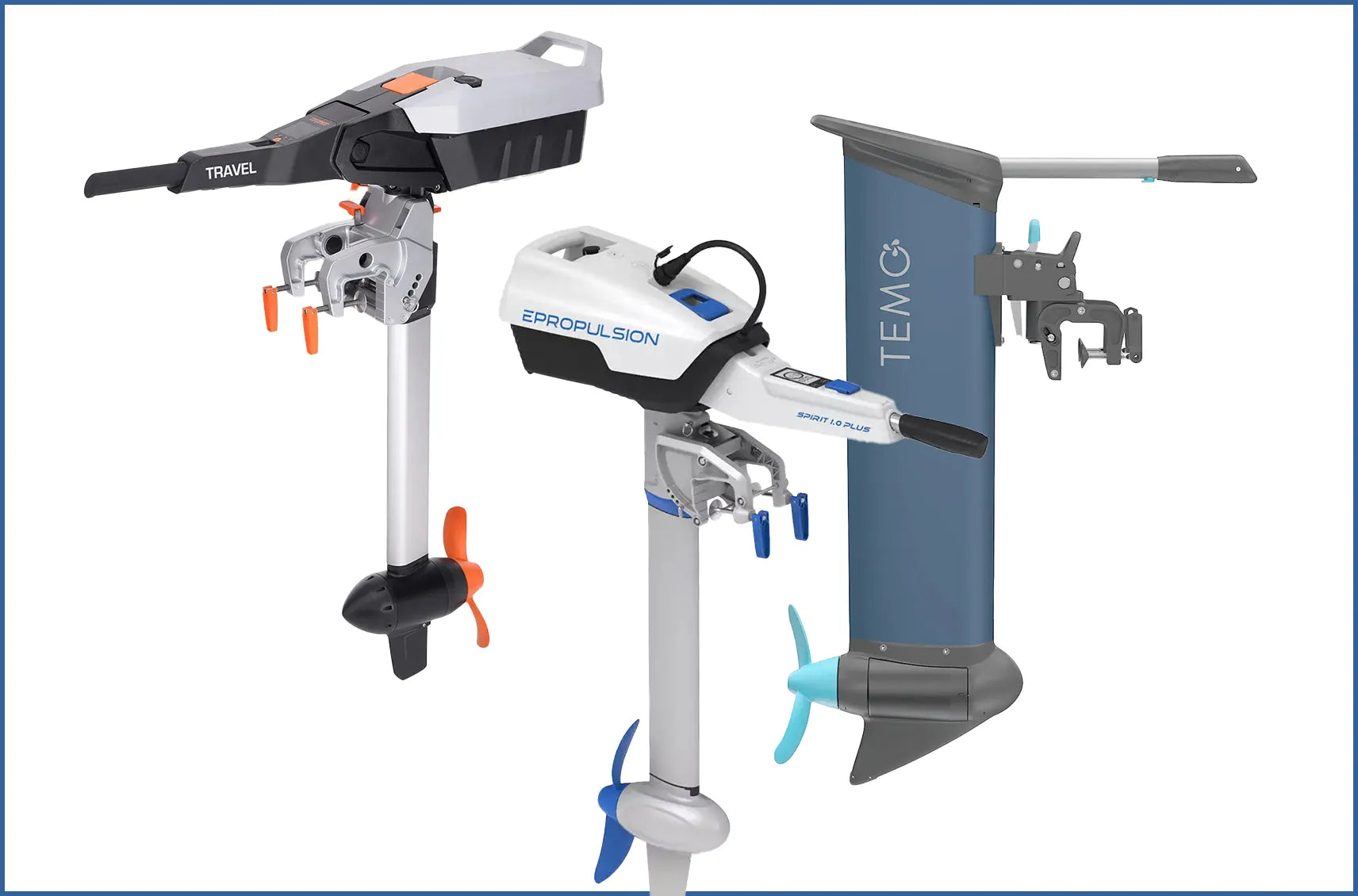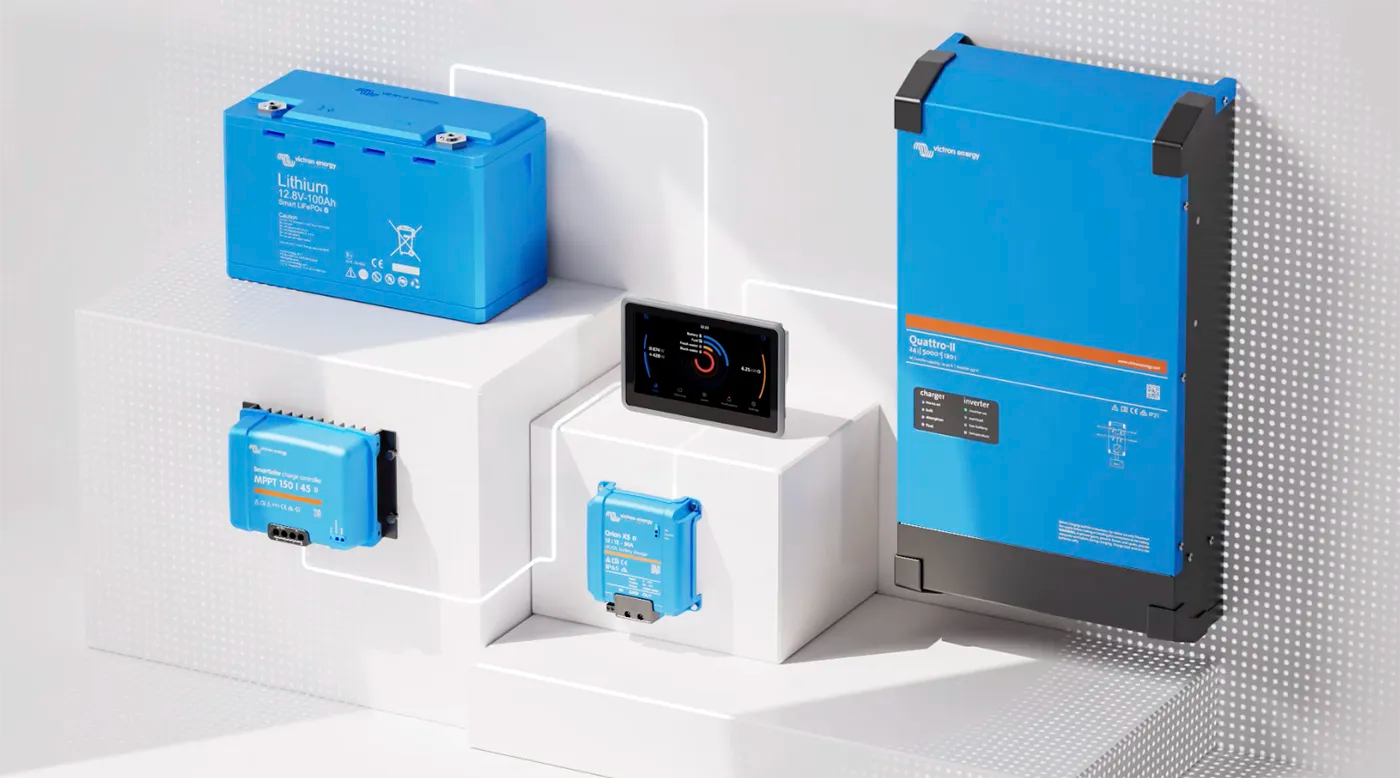Switching to Electric Propulsion with Ease
Switching to electric propulsion for marine use offers significant advantages, but there are also some challenges unique to the marine environment. Understanding these challenges and how to account for them is essential for a smooth transition.
Below are some key challenges and solutions:
Limited Range and Battery Capacity
Challenge:
One of the biggest concerns for boat owners switching to electric propulsion is range anxiety. Traditional combustion engines can run for hours or days, depending on fuel availability, whereas electric motors are limited by battery capacity. Long-distance cruising or offshore trips can become challenging without adequate power storage.
Solution:
Ensure your boat is equipped with high-capacity lithium batteries and consider solar integration to extend your range. Victron Energy Lithium Smart batteries and high-efficiency solar panels are ideal for this purpose, offering excellent energy density and reliability.
➡️ Explore Victron Lithium Smart Batteries
➡️ Explore Solar Panels
Charging Infrastructure
Challenge:
While electric vehicle charging stations are becoming more common, charging infrastructure for electric boats is still in its infancy. Many marinas lack dedicated electric charging points, which can be inconvenient for all-electric vessels.
Solution:
Use an onboard inverter/charger like the Victron MultiPlus to charge from standard shore power outlets. This makes recharging easy even without specialized marina infrastructure.
➡️ Explore Victron MultiPlus Inverter/Chargers
Initial Cost of Conversion
Challenge:
The upfront cost of switching from a combustion engine to electric propulsion can be high. This includes not only the motor but also the battery bank, inverters, chargers, and any necessary installation work.
Solution:
Start small by using an electric outboard motor, which is more affordable and easier to install. The ePropulsion eLite 1.5HP outboard is perfect for small boats and tenders.
➡️ Explore ePropulsion eLite Outboard Motors
Saltwater Corrosion and Environmental Conditions
Challenge:
Marine environments, especially saltwater, are notoriously harsh on electronics and metal components. Saltwater exposure can lead to corrosion, electrical shorts, and long-term damage if the system is not properly protected.
Solution:
Opt for marine-grade components with high IP ratings designed for saltwater environments. The ePropulsion Electric Pod Drive and Victron Blue Smart IP65 Charger are built to withstand these harsh conditions.
➡️ Explore ePropulsion Pod Drives
➡️ Explore Victron Blue Smart Chargers
Power Management and Energy Monitoring
Challenge:
Electric propulsion systems require careful energy management to ensure you don’t run out of power while out on the water. Without proper monitoring, it’s difficult to predict how long your power will last.
Solution:
Use advanced monitoring systems like the Victron Cerbo GX, which offers real-time data on power usage, battery status, and system performance.



